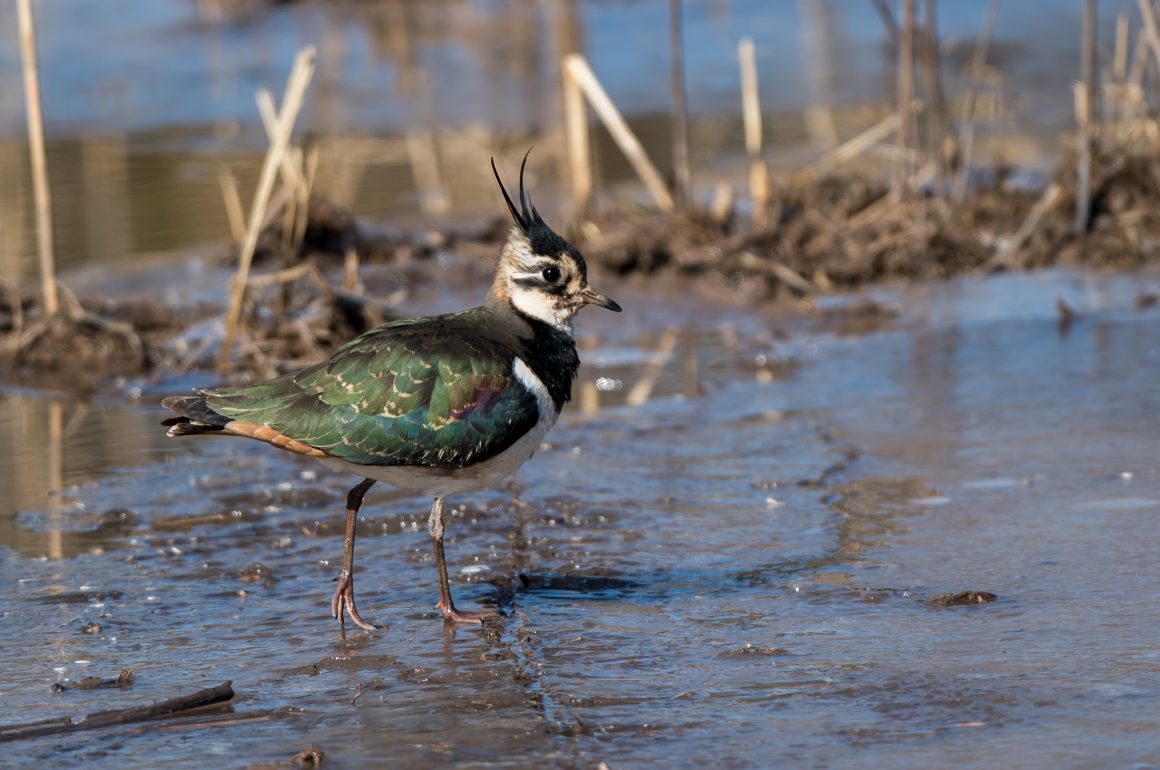
Chongming Island is part of Shanghai – but it does not look much like the rest of the city. Located right where the Yangtze River enters the sea (and dividing it into two parts), it is mostly flat farmland. Population density is far lower than in most parts of the city, and public transportation is limited – probably bad news for the people living on the island, but good news for the birds.
A number of species use Chongming as a wintering spot, not just the Cinereous Vultures I already mentioned in a previous post.
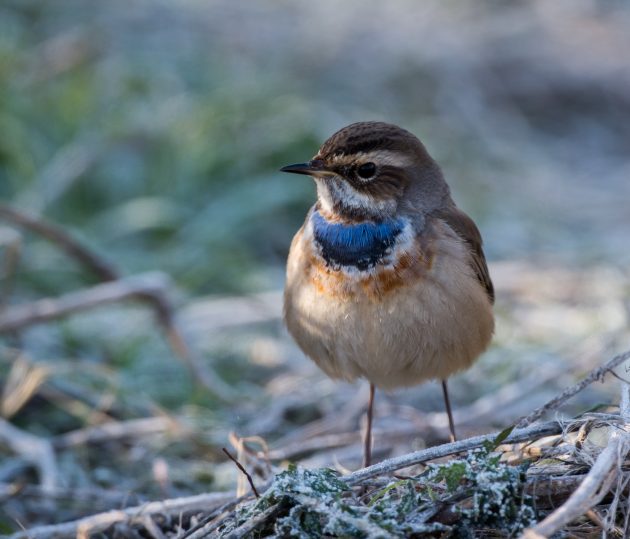
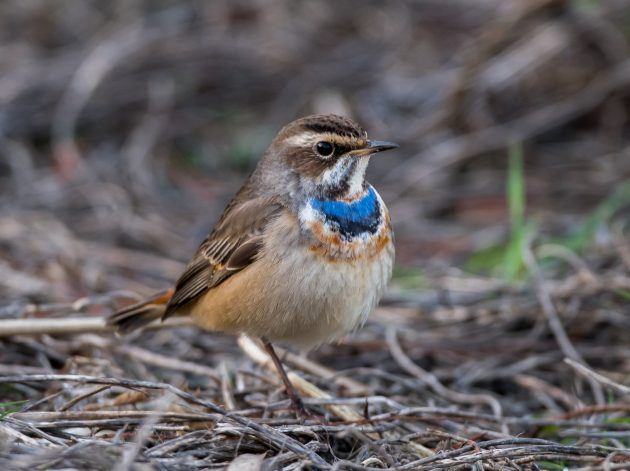
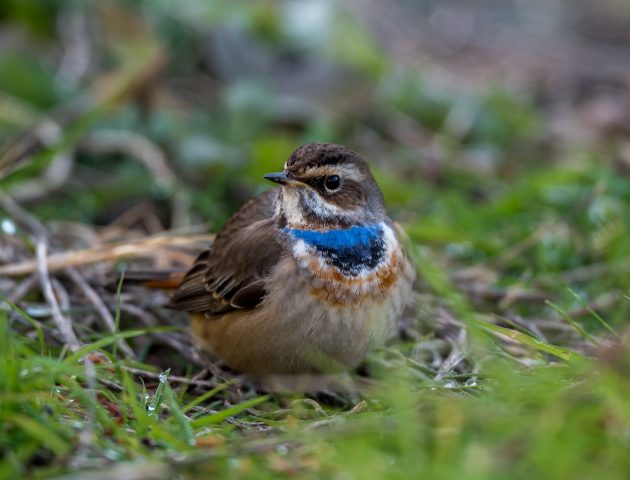
Among my favorites is this male Bluethroat, which – given that winter is not really the time when it is necessary to impress the females – still looks very nice.
The many small ponds and waterways attract quite a few ducks, though presumably due to their China experience, they are extremely wary of people.
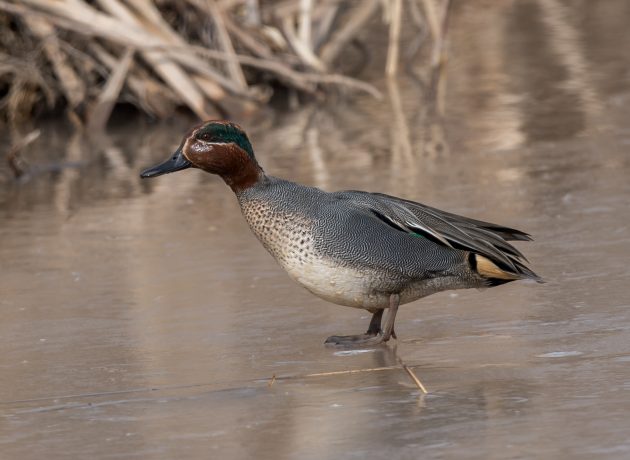
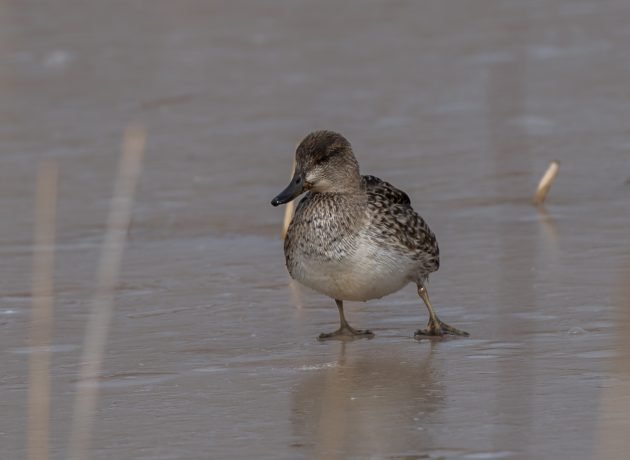
These Eurasian Teals know they are treading on thin ice in China.
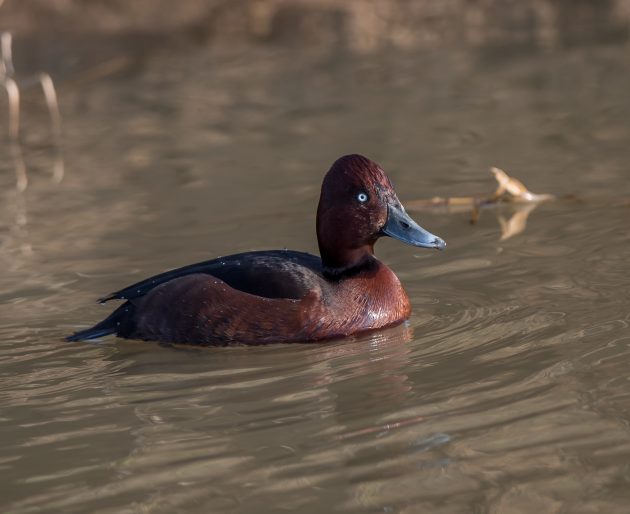
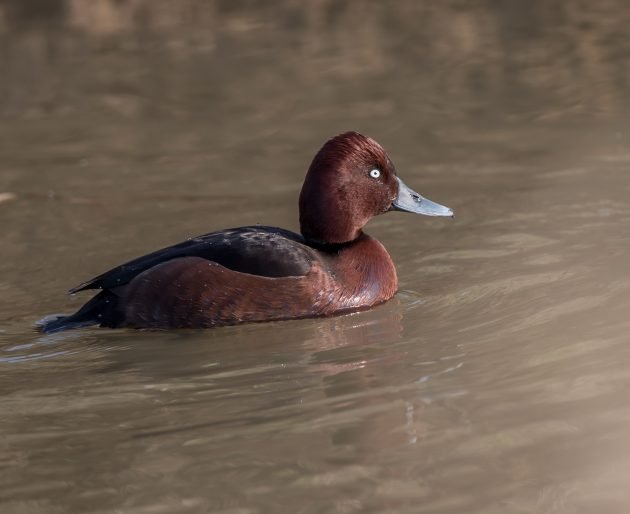
Ferruginous Ducks are relatively rare here – a pity, given how attractive they are. Ferruginous means rust-colored, but I have yet to see any rust looking as good as this species.
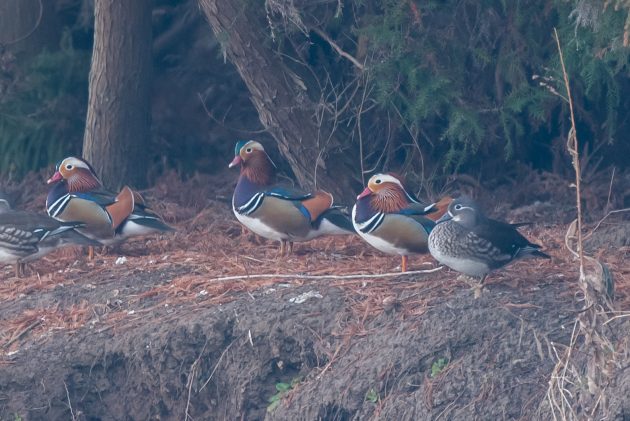

Mandarin Ducks look a bit like they have just been stolen from a toy shop, at least the males. Personally, I prefer the elegant females. Again, very shy birds.
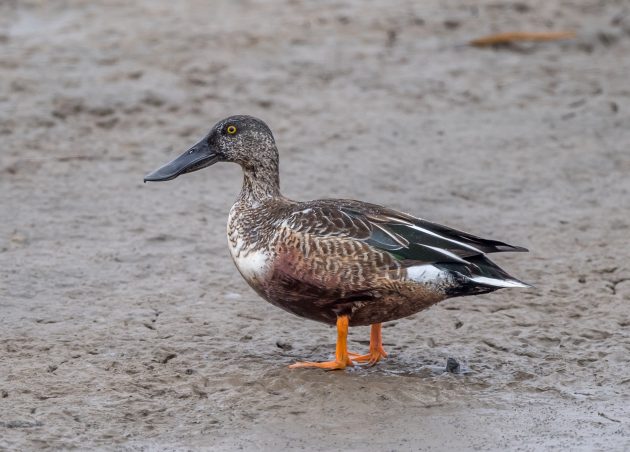
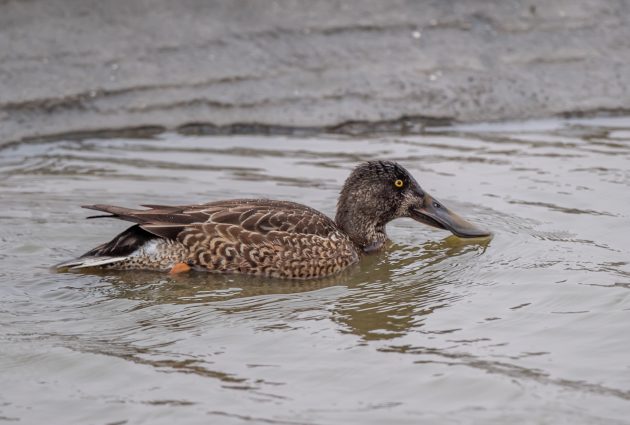
Northern Shovelers tend to look weird, whether on land or in the water.
Of course, winter can be a depressing time even for birds. Witness this Little Egret.
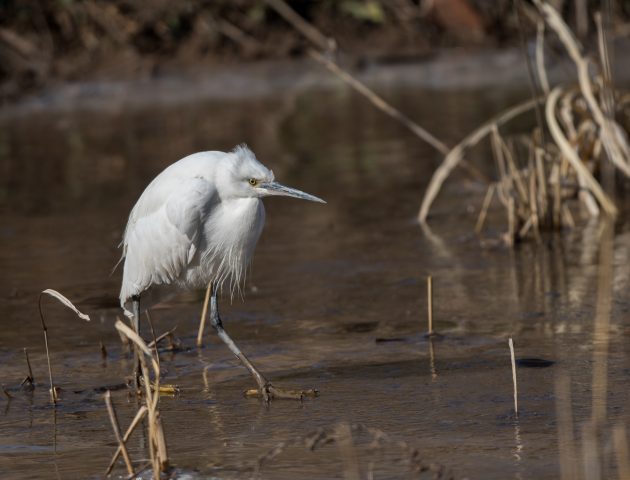
This Black-crowned Night Heron is another poster child for winter depression.
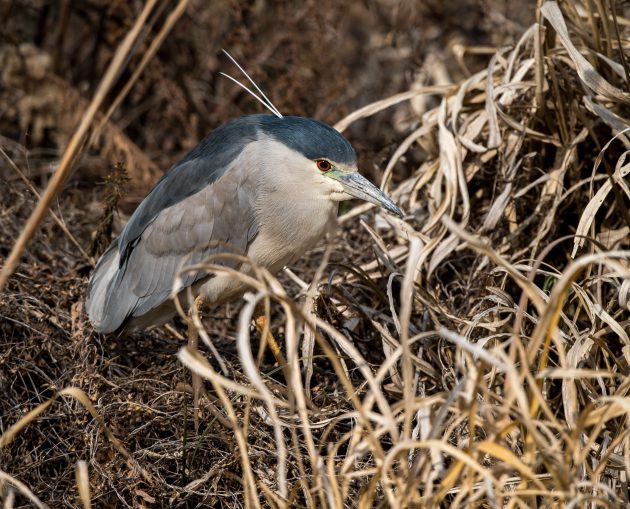
Probably self-help books for birds therefore emphasize the need to enjoy the moment, whenever you can. It seems this Eurasian Hoopoe has read some of these books.
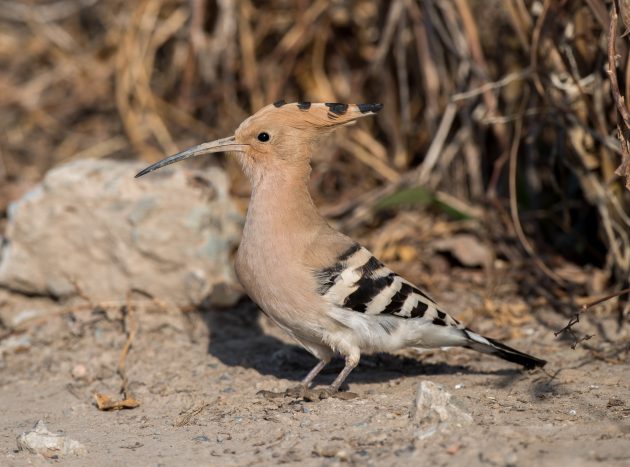
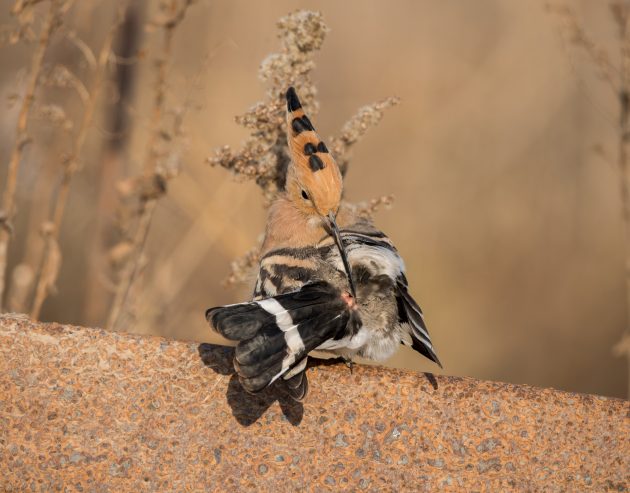
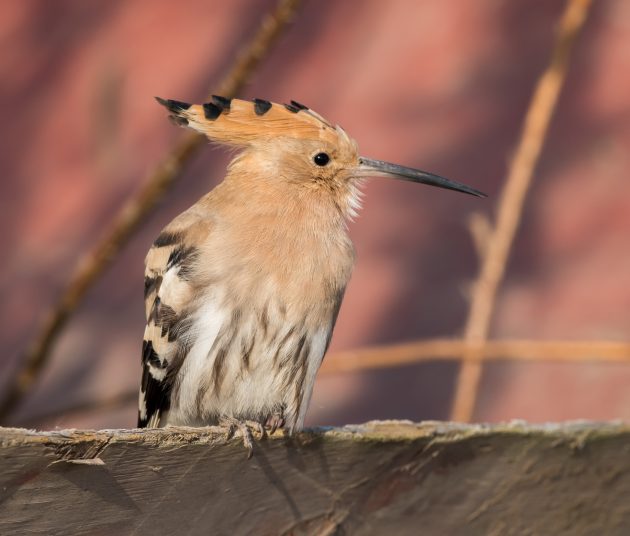
In contrast to this joyful look, Black-winged Kites prefer an aura of mystery – pretending to be extras in a “Game of Thrones” sequel, I guess. The morning light helps.
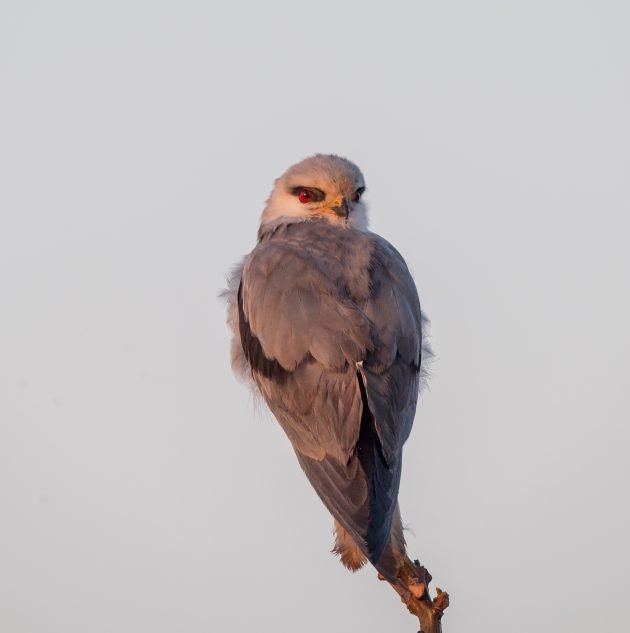
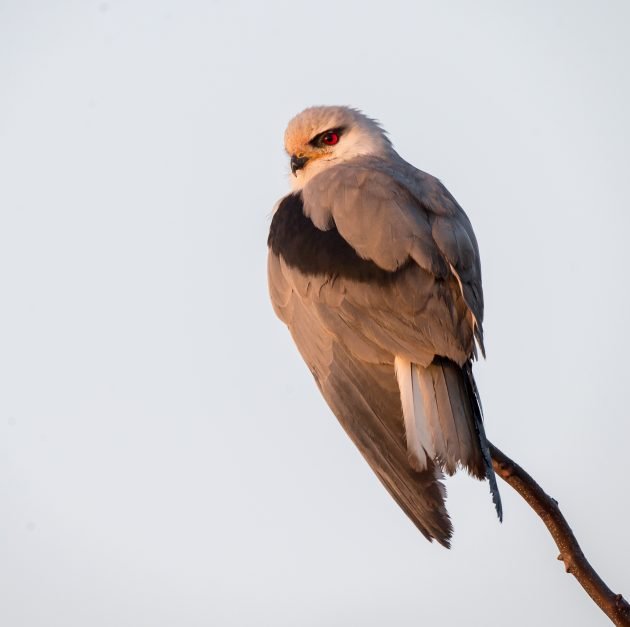
Several species of buntings are using the Chongming fields and the roadside scrub as wintering ground.
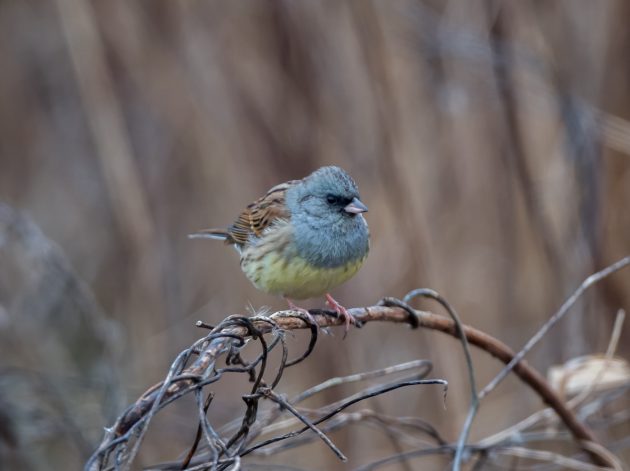
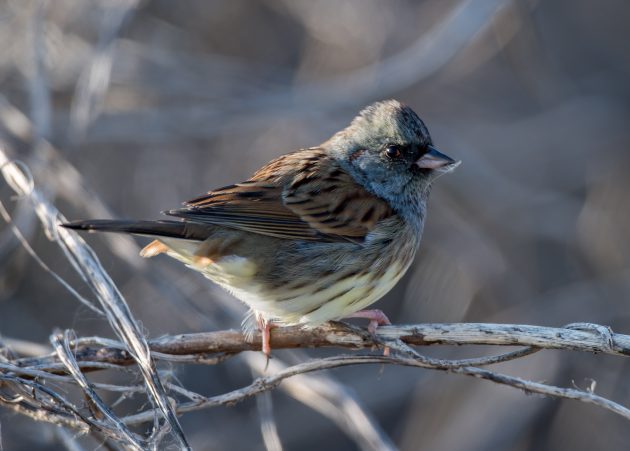
Black-faced Bunting
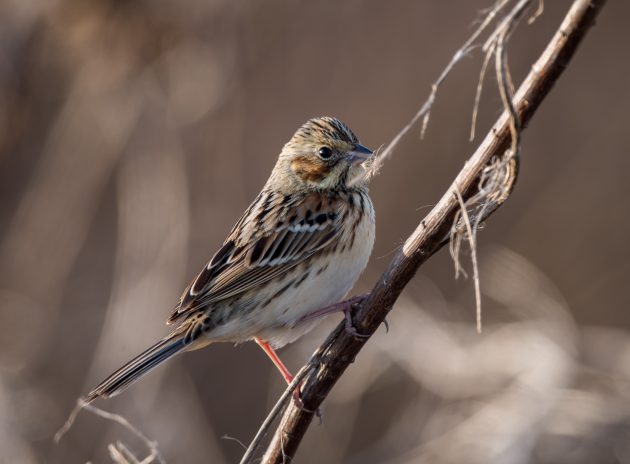
Chestnut-eared Bunting
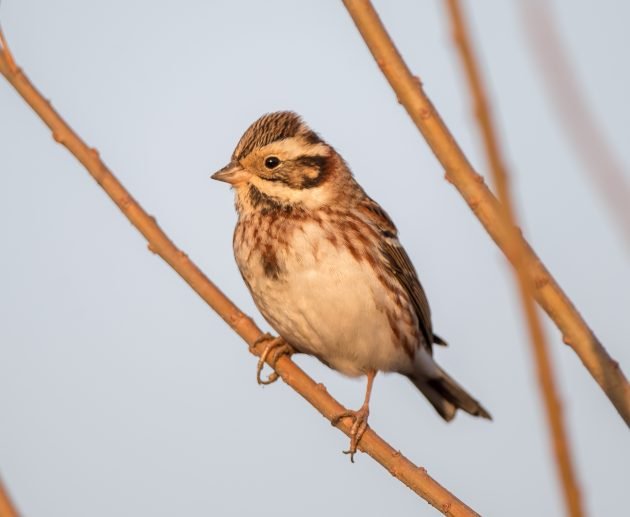
Rustic Bunting
Bramblings move around in large flocks, stopping to eat some of the fruit still available.
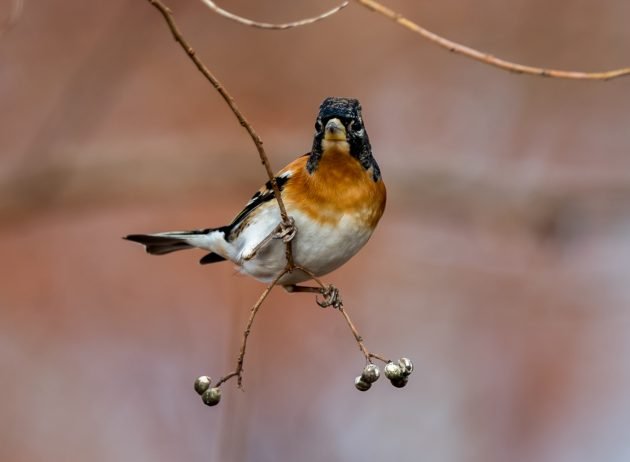
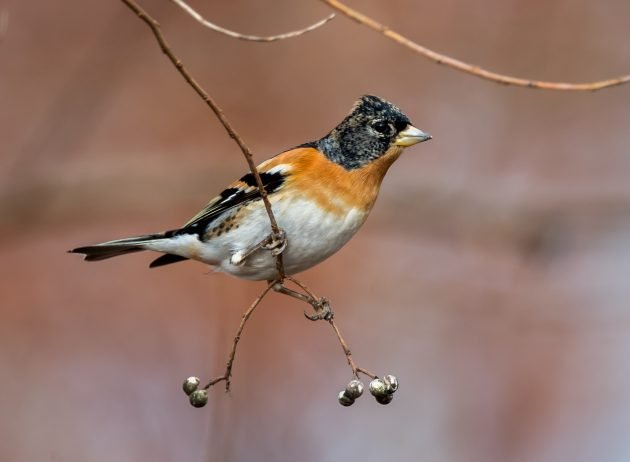
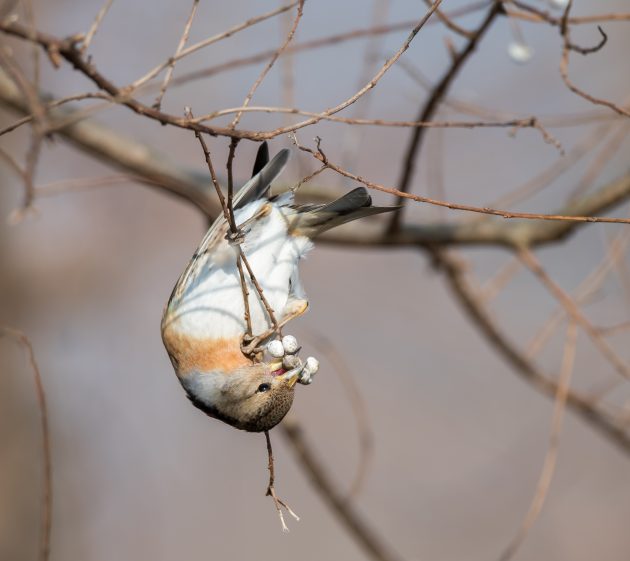
Among the thrushes, Naumann`s Thrush seems to be a bit more common here than at Nanhui.
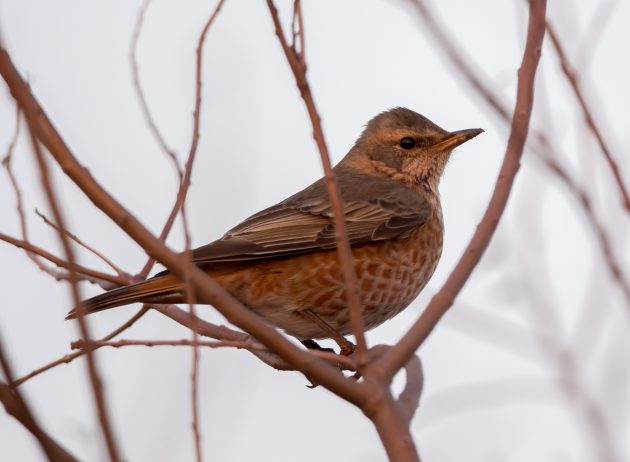
And the Cinereous Vultures stayed a few days longer, finally leaving at the end of January, but not before making themselves available for a few more photo sessions. It turns out the three birds have their individual preferences.
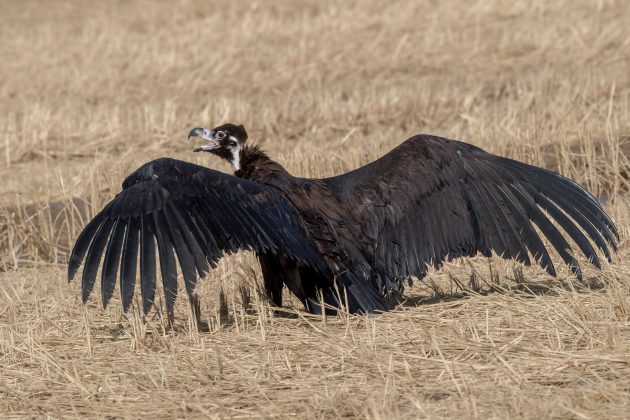
This one likes Edward Munch and asked for a reenactment of “The Scream” …
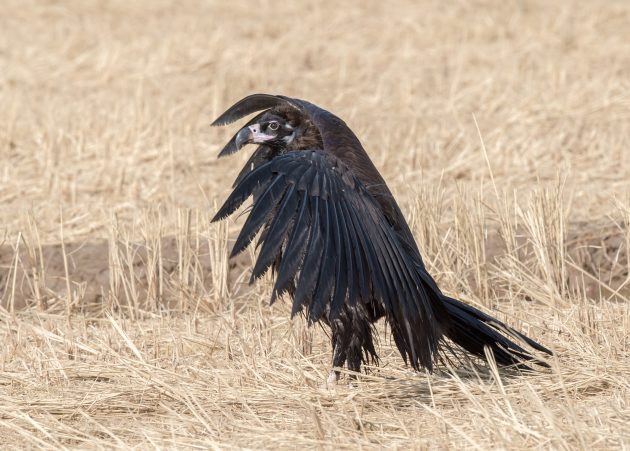
… While another one is a movie fan with a particular liking for Dracula movies.
Raptors are generally not very common in Shanghai, but a bit easier to see on Chongming in winter than elsewhere.
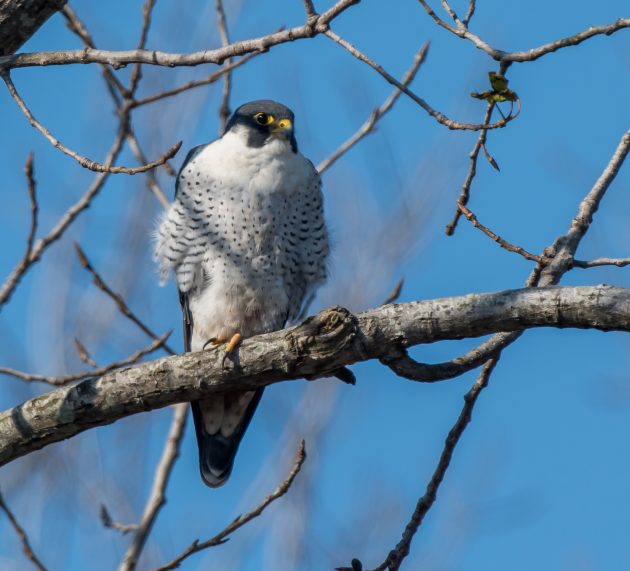
Peregrine Falcon
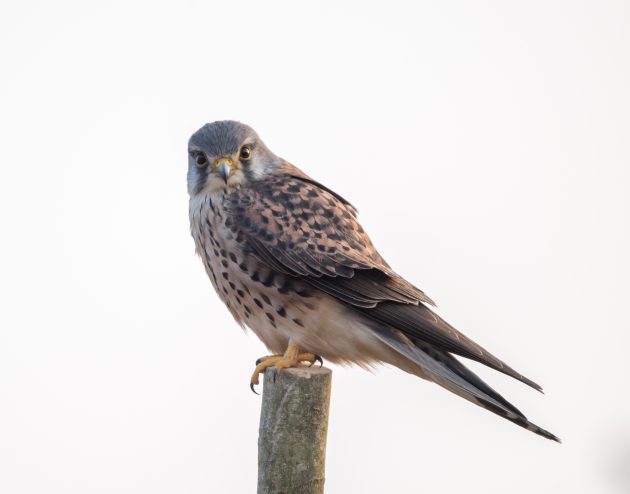
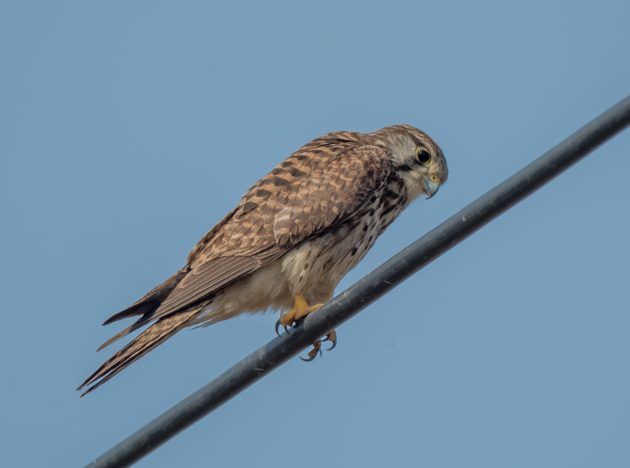
Eurasian Kestrel
Winter forces some birds to eat pretty disgusting food (though I guess many Chines and maybe French as well would disagree) – witness this Common Greenshank.
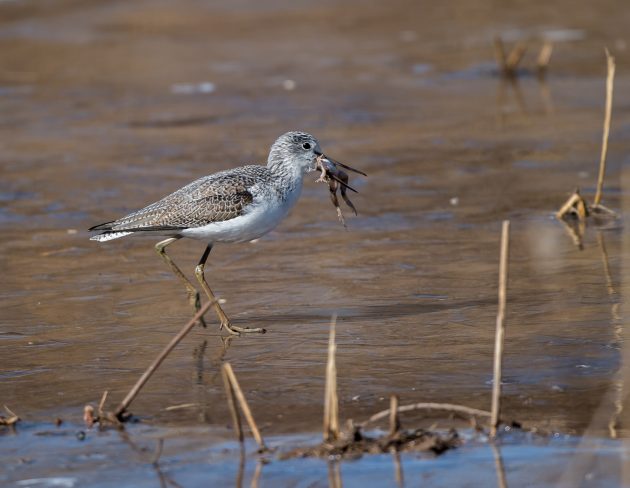
Northern Lapwings are difficult to get right on a photo, as their metallic greenish sheen often comes over as just undifferentiated black. Well, there were enough of them around this winter for me to finally get some decent shots of them.
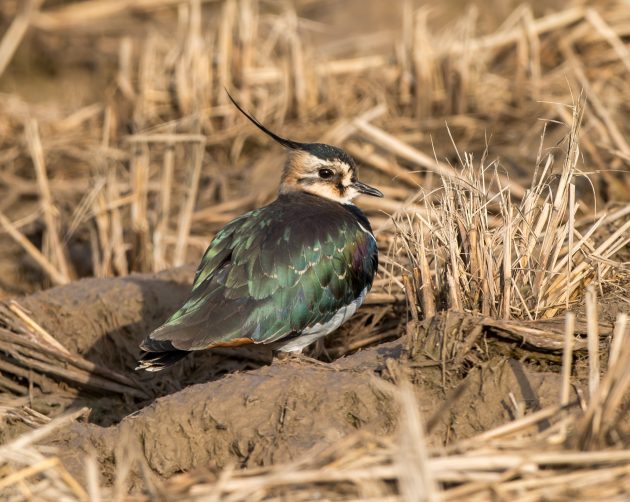
Somehow, Common Pheasants can make themselves almost invisible …
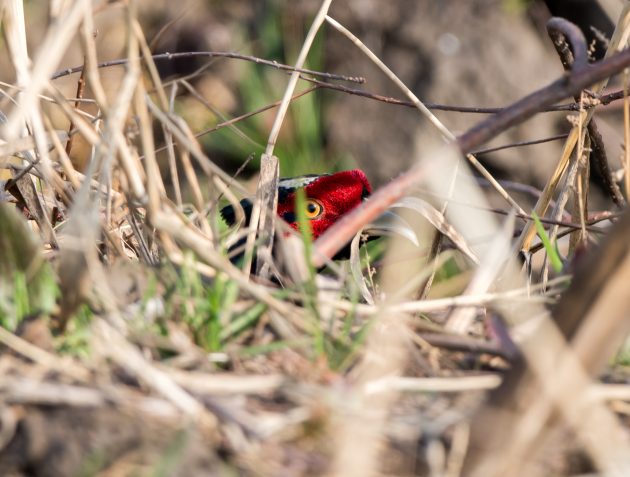
… which makes a photo like this difficult to get.
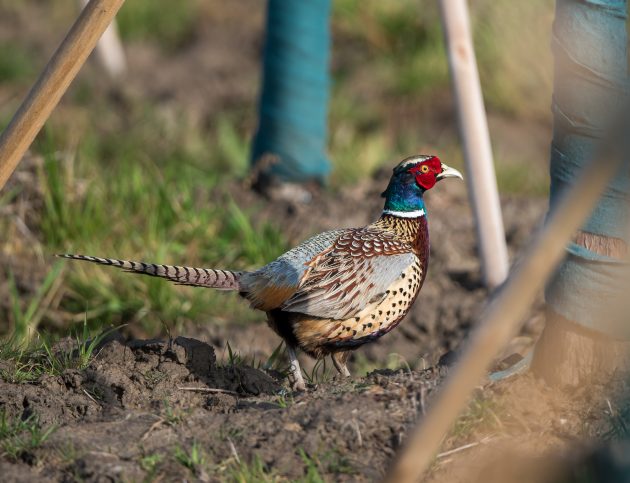
In contrast, Little Egrets almost seem to revel in their high visibility (when they do not suffer from winter depression). This allows them to stay close to tractors preparing the rice paddies for planting – presumably a good moment to snatch some prey.
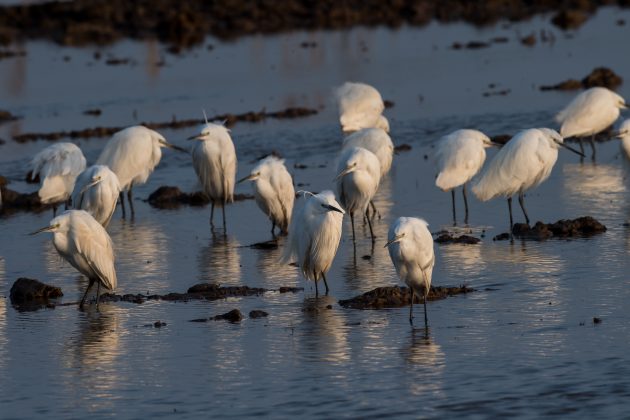
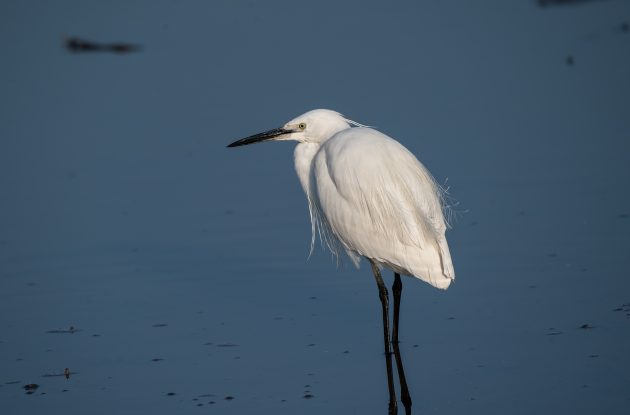
Winter also brings Chinese Grey Shrike to Chongming.
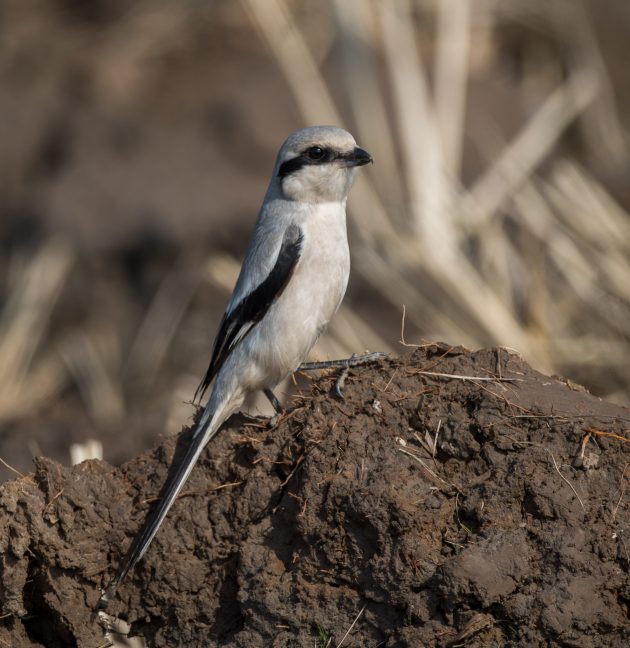
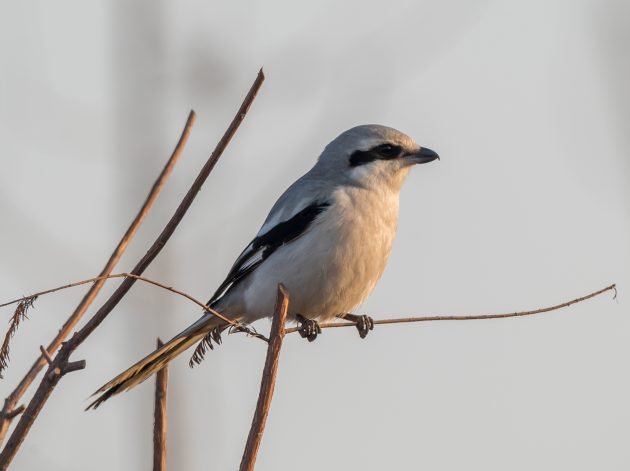
And winter on Chongming Island would not be the same without cranes.
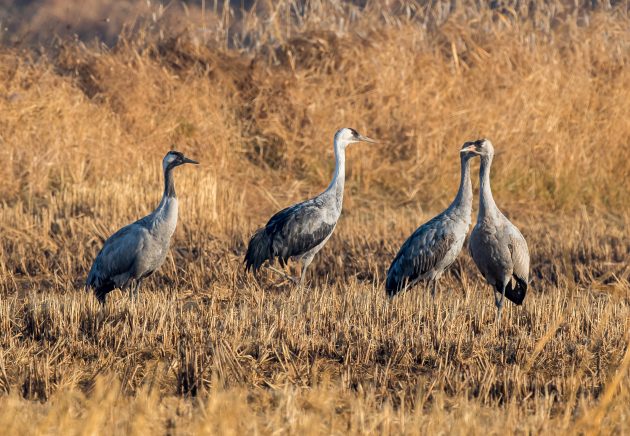
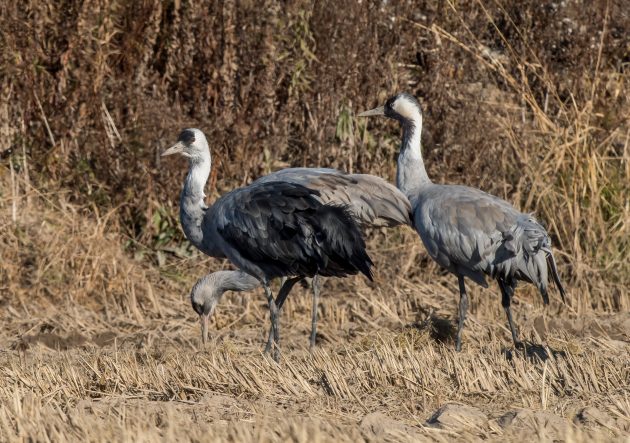
Hooded and Common Crane (presumably)
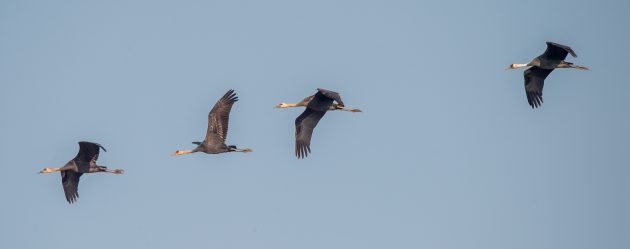
Hooded Crane













Always a delight to read. It’s like we are walking with you at Chongming island. Keep up the reporting!
Wonderful photos as always, Kai. Chongming is such a special place for a Shanghai city dweller. You have captured something of the atmosphere of the place in your photos. My favourite shots are of the ferruginous duck.